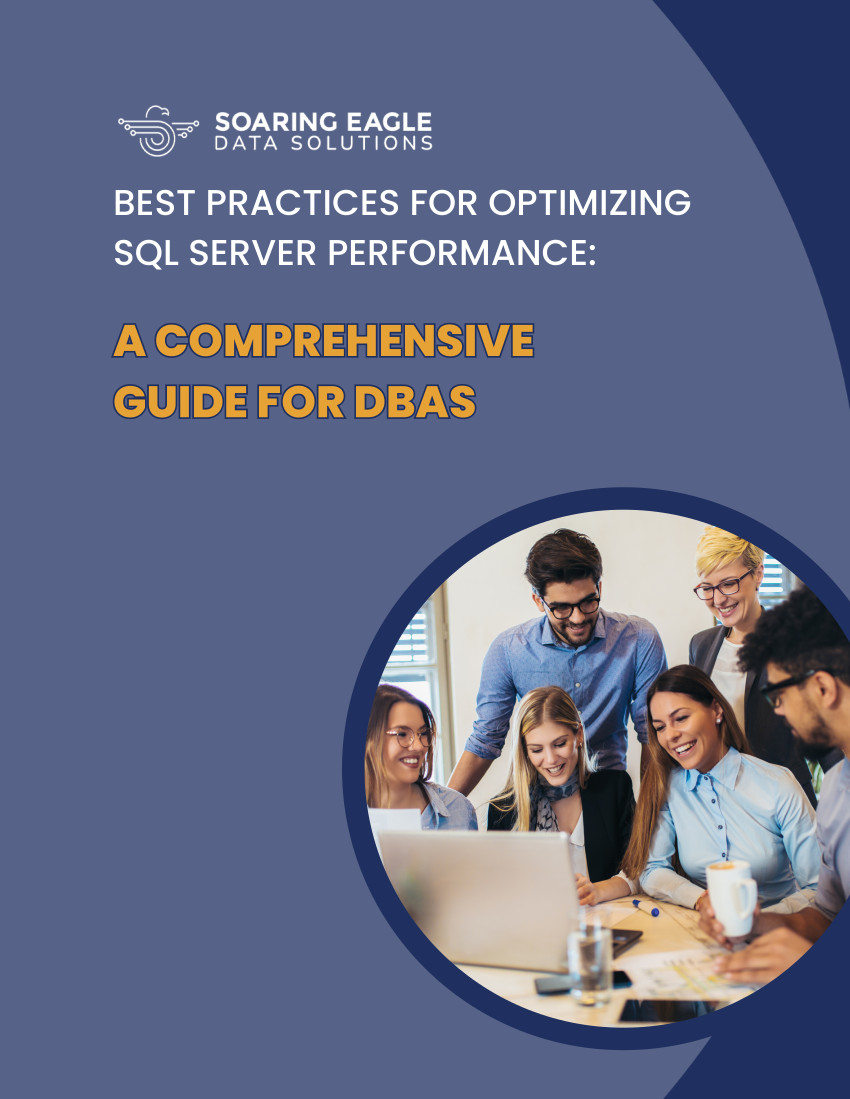
From airports to libraries and hotels, public Wi-Fi networks are practically everywhere. As innocent as they may seem, they can be a hacker's paradise. These tips will help you surf safely on any device and avoid any identity-theft or data-loss nightmare.
1. Keep Your Antivirus Updated
First and foremost, take some time to keep your antivirus and antimalware software up to date. There are some very good options, such as Malwarebytes, Avira for Windows, and for Mac OS (it’s also available for Windows). Choose the one you like best, but keep it updated and running—especially when you’re out and about. Public Wi-Fi networks are known to introduce ads while you browse, and we all know how lousy malvertising can be.
2. Turn Wi-Fi Off When Not In Use
Security 101: If you don’t need something connected to a network, disconnected it as soon as possible. Follow this simple rule (and exercise a bit of paranoia!) when you’re finished working online. Aside from being a good security habit, it also saves your laptop, tablet, or smartphone valuable battery time when you are away from home.
3. Use HTTPS Everywhere
If HTTPS is available, use it. HTTPS Everywhere, from the Electronic Frontier Foundation can help you make sure you do. Not every site supports it, but if it’s available, the add-on will send you to the secure version. If there isn’t one, you’ll go back to the plain HTTP version of the site.
It’s not utterly perfect, but making sure your connection to a given site is secure means that the information you send is encrypted, which goes a long way to assure that anyone trying to intercept your information doesn’t get any sensitive data.
4. Avoid Mobile Banking and Shopping
The best advice is to wait until you're at home to do online banking transaction or shopping. However, if you really need to make an emergency balance transfer or an immediate purchase, it's safer to use your 4G connection instead of using a public Wi-Fi network.
Always use the official app from your bank or favorite shop and sign up for any extra security measures they can offer.
5. Choose the Correct Network
Have you ever tried to use a public Wi-Fi and seen multiple network names listed that are suspiciously similar but not the same? This is a true man-in-the-middle attack practiced by hackers. They will use every trick in the book to try to trick you into logging on to the wrong network to obtain your data. As most people don't take the time to check and log on the first, strongest, open signal they see, hackers get what they are looking for. Take a few minutes and try to confirm that you are connecting to the legitimate network.


